Blue band mouthbrooder - Betta enisae
Scientific name: Betta enisae
Common name: Blue band mouthbrooder
Family: Osphronemidae
Usual size in fish tanks: 8 - 9 cm (3.15 - 3.54 inch)
014
Recommended pH range: 5.3 - 6.9
Recommended water hardness: 2 - 15°N (35.71 - 267.86ppm)
0°C 32°F30°C 86°F
Recommended temperature range: 22 - 26 °C (71.6 - 78.8°F)
The way how these fish reproduce: Spawning
Where the species comes from: South Asia
Temperament to its own species: peaceful
Temperament toward other fish species: peaceful
Usual place in the tank: Middle levels
Short Description
The Blue Band Mouthbrooder (Betta enisae) is a peaceful and striking Betta species native to Indonesia and Kalimantan. Known for their unique mouthbrooding behavior, these fish thrive in heavily planted aquariums with soft, acidic water. Males exhibit vibrant coloration compared to the drabber females. Their calm nature and fascinating breeding habits make them an excellent choice for aquarists looking for a less aggressive Betta species.
Origin
Betta enisae is native to the slow-moving and shaded freshwater systems of Indonesia and Kalimantan. These habitats are characterized by soft, acidic water with dense vegetation, providing shelter and breeding sites for the species.
Tank Requirements
A tank of at least 60 liters (15 gallons) is recommended for Blue Band Mouthbrooders. Maintain water temperatures between 22-26°C (71.6-78.8°F), a pH range of 5.3-6.9, and water hardness of 2-15°N (35.71-267.86 ppm). Include a variety of floating and rooted plants to create shaded areas and mimic their natural habitat. Driftwood and caves provide additional hiding spots, while subdued lighting will help reduce stress. Use a soft substrate to replicate their preferred spawning environment.
Food and Feeding
Blue Band Mouthbrooders are omnivorous and prefer a varied diet. While they will accept high-quality flake foods, they thrive on live or frozen foods such as bloodworms, white worms, and brine shrimp. Feeding them twice daily in small portions ensures optimal health and vibrant coloration.
Compatibility
These peaceful fish are well-suited for community tanks with other calm species. Ideal tankmates include small rasboras, Corydoras catfish, and other non-aggressive fish. Avoid housing them with larger or overly active species that may outcompete them for food or cause stress.
Sexing
Males are slightly larger and exhibit more vibrant coloration compared to females, which tend to have a drabber appearance. These differences are most noticeable during breeding periods.
Breeding
To breed Blue Band Mouthbrooders, set up a dedicated breeding tank with soft, acidic water and plenty of floating plants and hiding spots. Spawning occurs near the substrate, where the female lays eggs and spits them toward the male. The male collects the eggs in his mouth, incubating them for approximately 10 days. Once the fry are released, feed them newly hatched brine shrimp or microworms to support their growth.
Lifespan
With proper care, Betta enisae can live for 3-5 years. Maintaining stable water conditions, a nutritious diet, and a stress-free environment are essential for their longevity.
Pictures
Bought by aqua-fish.net from jjphoto.dk.
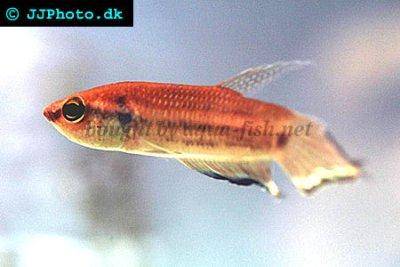



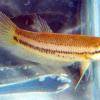 Akar
Akar 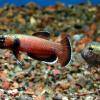 Whiteseam
Whiteseam 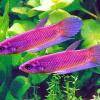 Giant
Giant 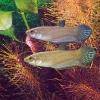 Betta
Betta 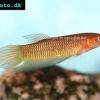 Slender
Slender 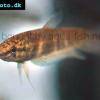 Betta
Betta 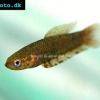 Brown’s
Brown’s 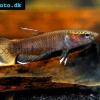 Snakehead
Snakehead 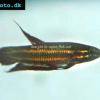 Wine
Wine 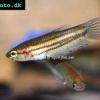 Edith’s
Edith’s 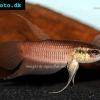 Betta
Betta  Peaceful
Peaceful 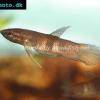 Kapaus
Kapaus 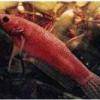 Eyespot
Eyespot 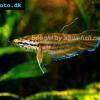 Spotted
Spotted 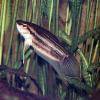 Forest
Forest 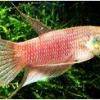 Schaller’s
Schaller’s 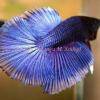 Siamese
Siamese 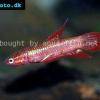 Chukai
Chukai 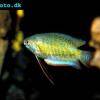 Banded
Banded  Dwarf
Dwarf 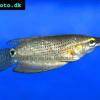 Frail
Frail 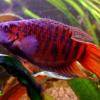 Paradise
Paradise 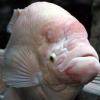 Giant
Giant 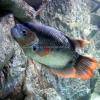 Giant
Giant 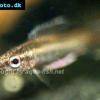 Licorice
Licorice 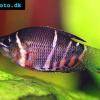 Chocolate
Chocolate 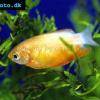 Honey
Honey 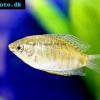 Thick
Thick 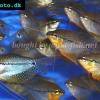 Pearl
Pearl 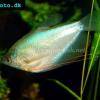 Moonlight
Moonlight 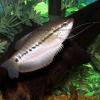 Snakeskin
Snakeskin 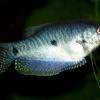 Blue
Blue